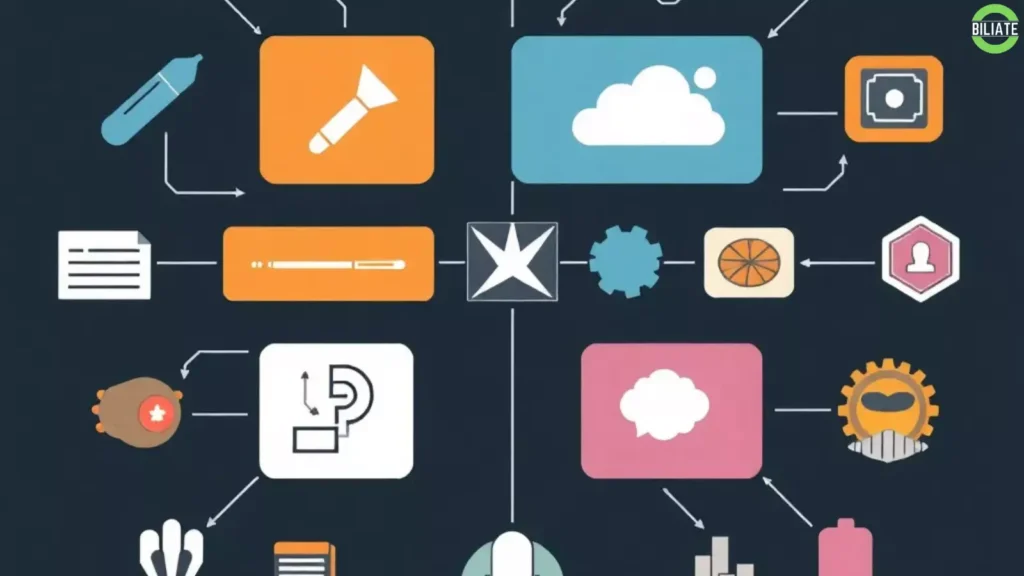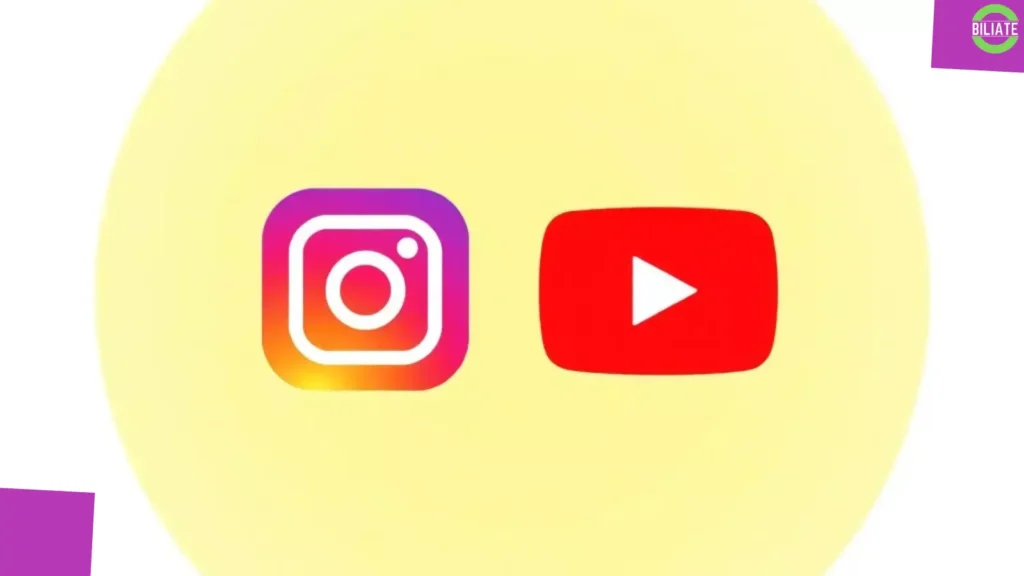In the world of content creation, it’s no longer enough to focus on just one platform. Creators today are expanding their influence across multiple platforms, with Instagram and YouTube often being the top choices.
While both platforms offer unique monetization opportunities, balancing them can feel overwhelming.
Instagram thrives on short, visually engaging content, while YouTube’s long-form videos provide a deeper connection with audiences.
But here’s the big question: How do you successfully manage different monetization strategies on both platforms without sacrificing content quality or burning out?
The answer lies in a strategic approach that maximizes your earning potential while engaging your audience in meaningful ways.
We’ll break down the best practices for managing Instagram and YouTube monetization simultaneously, helping you streamline your efforts and boost your revenue across both platforms.
Now, let’s dive into the strategies that can transform your Instagram and YouTube into powerful income streams!

1. Understand the Monetization Landscape on Each Platform
Before diving into strategies, it’s crucial to understand how each platform offers monetization.
- Instagram Monetization: Instagram provides monetization options like sponsored posts, branded content, affiliate marketing, and Instagram Shopping. Creators can also earn through fan subscriptions, badges in Live videos, and Reels Play bonuses (available in certain regions).
- YouTube Monetization: YouTube offers a variety of ways to earn, including ad revenue, channel memberships, Super Chat during live streams, sponsorships, and affiliate marketing. The YouTube Partner Program (YPP) enables ad revenue sharing, while YouTube Shorts and YouTube Premium provide additional income streams.
2. Develop a Consistent Content Strategy for Both Platforms
Managing different monetization strategies on Instagram and YouTube requires a consistent content strategy that caters to the unique audiences of both platforms.
- Identify Content Themes: Create content pillars that can be repurposed or slightly altered for each platform. For instance, a long-form YouTube tutorial can be broken down into bite-sized Instagram Reels or stories. This will save time and effort in content creation while ensuring consistency across platforms.
- Platform-Specific Content: Tailor your content to fit the strengths of each platform. YouTube thrives on long-form content such as vlogs, tutorials, or product reviews, whereas Instagram excels with short, visual, and interactive content like Reels, stories, and carousel posts. Use each platform’s format to engage your audience and promote your monetization strategies.
3. Leverage Cross-Promotion to Maximize Revenue
One of the best ways to manage different monetization strategies is to use cross-promotion to drive traffic between Instagram and YouTube. This can help boost your visibility and engagement on both platforms, ultimately leading to higher earnings.
- Instagram to YouTube: Post snippets of your YouTube videos on Instagram, especially in Reels or Stories, to encourage your Instagram followers to watch the full video on YouTube. Adding a call-to-action like “Watch the full video on YouTube” with a link in bio can help drive traffic.
- YouTube to Instagram: During your YouTube videos, mention your Instagram handle and invite viewers to follow you there for behind-the-scenes content, quick tips, or exclusive offers. This strategy helps to deepen the connection with your audience across both platforms.
Interactive Tip:
What type of content have you seen performing well across Instagram and YouTube? Share your thoughts in the comments below!

4. Diversify Your Monetization Streams
Monetizing on both Instagram and YouTube simultaneously allows you to diversify your income streams, reducing dependency on a single source of income.
- Instagram: Take advantage of sponsored posts, affiliate marketing, and Instagram Shopping. You can also host Instagram Lives and earn through badges or brand collaborations.
- YouTube: In addition to ad revenue, consider adding channel memberships, merchandise sales, Super Chats, and affiliate links in your video descriptions.
By using multiple revenue streams, you safeguard your earnings from fluctuations in algorithm changes or dips in viewership. For instance, if YouTube’s ad revenue decreases, you’ll still have sponsored posts or affiliate sales on Instagram to rely on.
5. Engage with Your Audience to Build Loyalty
A strong connection with your audience is crucial for successful monetization. Whether on Instagram or YouTube, engagement plays a key role in driving brand partnerships, affiliate sales, and viewer support.
- Instagram Engagement: Respond to comments on your posts, engage with followers through DMs, and use interactive features like polls, quizzes, and question boxes in your Stories. Hosting Q&A sessions or live streams also keeps your followers connected.
- YouTube Engagement: Reply to comments on your videos, ask viewers questions during videos to encourage interaction, and host live streams with Super Chat to increase engagement. Building a community around your content on YouTube fosters loyalty, leading to higher retention and monetization.
6. Track Your Performance and Adapt
To manage your monetization strategies effectively, it’s essential to monitor your performance metrics on both platforms. By understanding what content drives the most revenue and engagement, you can fine-tune your strategy.
- Instagram Insights: Use Instagram’s built-in analytics tools to track engagement, reach, impressions, and conversion rates on monetized posts. Identify which types of content are leading to more affiliate sales or sponsored post clicks.
- YouTube Analytics: Keep an eye on watch time, views, engagement, and ad revenue in YouTube Analytics. Analyze which videos perform best in terms of ad revenue or channel memberships. You can also see where your traffic is coming from and adapt your cross-promotion efforts accordingly.

7. Stay Updated with Platform Changes
Both Instagram and YouTube frequently update their monetization features and algorithms. Staying informed about these changes can help you adapt your strategy and take advantage of new opportunities.
- Instagram Updates: Keep track of new features like Instagram Shopping updates, changes in Reels promotion, or any new monetization tools. Participating in beta programs for new features can give you an edge over competitors.
- YouTube Updates: Similarly, monitor changes in YouTube’s ad policies, the introduction of new monetization methods like YouTube Shorts bonuses, and updates to community guidelines.
Interactive Tip:
Which new feature or update on Instagram or YouTube has had the most impact on your monetization strategy? Let us know in the comments below!
8. Balance Sponsored Content with Authenticity
Maintaining authenticity while promoting brands is key to long-term success on both Instagram and YouTube. Audiences are increasingly savvy and can spot inauthentic partnerships, which can lead to lower engagement and a loss of trust.
- Instagram: Limit sponsored content to a few posts a month and ensure they align with your brand values. Create genuine, creative posts that seamlessly integrate the brand message.
- YouTube: In sponsored videos, maintain transparency by using disclaimers like “This video is sponsored by…” Ensure that the products or services you promote are relevant to your audience and provide real value.
9. Optimize Your Workflow
Juggling multiple monetization strategies on Instagram and YouTube requires efficient workflow management. Invest in tools and systems to streamline your content creation and publishing process.
- Content Calendars: Use a content calendar to plan your posts and videos across both platforms. This ensures you maintain consistency and gives you an overview of your content for both platforms.
- Automation Tools: Use tools like Later, Buffer, or Hootsuite to schedule Instagram posts, and tools like TubeBuddy or vidIQ to optimize your YouTube videos. This reduces manual work and allows you to focus on content creation.
Conclusion
Managing monetization strategies on Instagram and YouTube simultaneously can be challenging, but with the right approach, it becomes an exciting opportunity for growth. By developing a consistent content strategy, leveraging cross-promotion, engaging with your audience, and staying updated on platform changes, you can maximize your earning potential across both platforms.
Remember, the key to success lies in balancing authenticity with monetization, engaging with your audience consistently, and diversifying your income streams to reduce risk.
By following these best practices, you can successfully manage different monetization strategies on Instagram and YouTube while building a loyal and engaged community across both platforms.


Pingback: Eric Decker’s Airrack: From Pizza Delivery to a $1 Million A Successful Story - 2024 » Outdoor Adventure